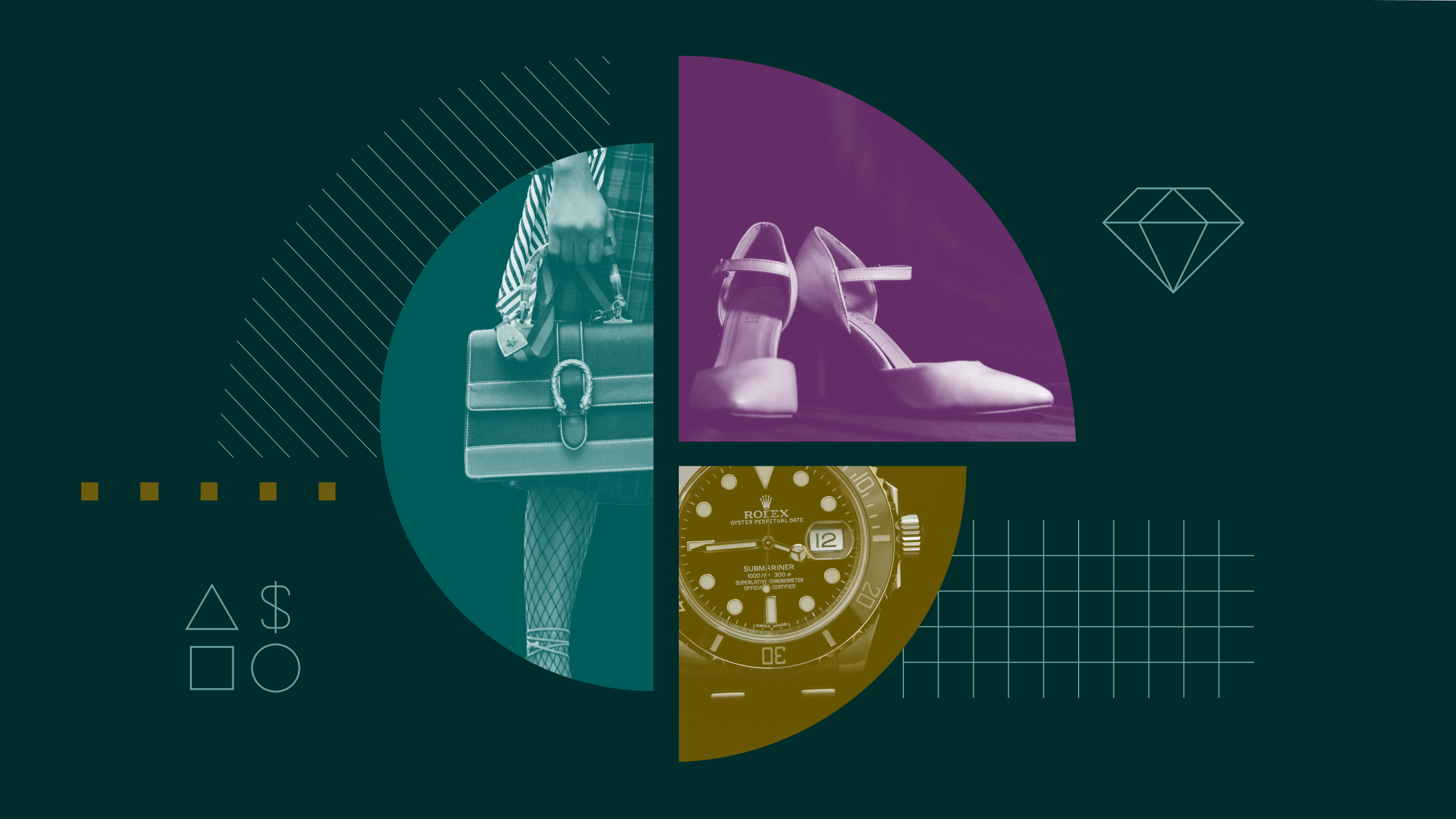Rolle im Portfolio
This exchange-traded fund is a worthwhile option for investors seeking global income. It comprises a portfolio of 25 to 75 large and medium-sized high-yielding nonfinancial companies from developed markets with improving quality characteristics and strong balance sheets.
Combining high dividend yields with quality screens serves to improve the sustainability of the income stream and preserve long-term capital growth.
Stocks are equally weighted, which, compared with the market-cap weighting approach, assigns more weight to “smaller” companies, thus improving the portfolio’s long-term return potential. This, however, may come with higher risk.
Compared with its average active and passive peers in the Global Equity Income Morningstar Category, the fund leans towards mid- and large-cap stocks at the expense of mega-caps. It also tends to be underexposed to the US and overexposed to Australia, a traditionally high-dividend-paying country. On a sector level, the fund enjoys a defensive tilt, with large overweightings in utilities and telecoms, and underweightings in financials and technology. Portfolio exposures, however, may change rapidly as the fund is rebalanced quarterly.
All these differences will drive the fund’s out- or underperformance relative to the category (as well as the broad market) over time. The fund has landed at the top of the second quartile of its category over the trailing three-year period, with an average dividend yield of around 4%.
With a total expense ratio of 0.45%, this ETF is significantly cheaper than its category peers, but amongst the more expensive global equity income ETFs.
All in all, this fund offers an interesting dividend strategy which we believe will continue to deliver outperformance relative to peers. However, investors must take into consideration the fact that the portfolio can change its exposures rapidly and introduce company-specific risks. We believe that it will be best deployed in combination with other core equity strategies to improve the overall portfolio diversification and yield.
Fundamentale Analyse
Dividend-themed funds have been a popular choice during the past several years for investors hungry for income in an environment of rock-bottom rates. Dividend yields have looked very attractive relative to bond yields since the global financial crisis. As of this writing, the fund sports a dividend yield of 3.3%, versus 1.1% for a global portfolio of investment-grade government bonds.
Combining high dividend yields with quality screens serves to improve the sustainability of the income stream and reduce the possibility of dividend cuts during an economic downturn. The quality screening process relies on fundamental metrics to identify the most attractive companies in terms of profitability, debt profile, and operating efficiency. For instance, the methodology ensures that a company’s profitability is driven by growth in revenues rather than cost-cutting. Also, companies that rely less on external sources for project financing and those that show an increase in their operating margins are looked upon favourably.
High-dividend-yield stocks tend to outperform in a stable or declining-rate environment but struggle when rates are on an upswing. When rates rise, a company’s cash flow must be discounted at a higher rate. All stocks are affected, but if the economy is booming, stable dividend-paying stocks will not generate as much investor demand as riskier stocks from cyclical sectors. Also, the bond markets will offer heftier yields.
Indexkonstruktion
The SG Global Quality Income Net Total Return Index is composed of 25 to 75 nonfinancial stocks with a free-float-adjusted market capitalisation of at least $3 billion listed in North America, Europe, and Asia-Pacific regions. The initial process screens for stocks with improving quality characteristics, low balance sheet risk, and higher dividend yield relative to the universe, which are then equally weighted. The index is reviewed and rebalanced quarterly. The market-cap requirement may be lowered to $2 billion if not enough constituents meet the eligibility requirements. Companies may also be removed completely from the index if an unpredictable event occurs, independent of the economic cycle, like a natural disaster or a war. In this instance, the number of constituents in the index may fall below 25 until the next rebalancing date. The index is reviewed and rebalanced on a quarterly basis. Geographically, as of this writing, the United States has the highest weighting in the index--25% to 30%, followed by the United Kingdom (20%-25%), Australia (15%-18%), and Canada (8%-10%). Top sectors include utilities (25%-30%), telecommunications (15%-18%), and consumer cyclical and consumer defensive (both 15%-18%). The index is not very heavily concentrated at the stock level, with the top 10 names accounting for 20%-23% of the total weighting.
Fondskonstruktion
Lyxor uses synthetic replication to track the performance of the SG Global Quality Income Total Net Return Index. The fund attempts to achieve that by holding a basket of securities and entering an unfunded swap agreement with parent company Societe Generale. The counterparty gives away the return of the index (less fees and swap spread) in exchange for the performance of the fund’s holdings. The fund’s holdings consist of stocks with a minimum average trading volume and market capitalisation, including stocks in indexes such as MSCI Developed World, MSCI Emerging Market World, MSCI Developed World Small Cap, STOXX Europe 600, and FTSE 250. According to UCITS III regulation, counterparty risk exposure is limited to 10% of the fund’s net asset value at the end of any given day. However, Lyxor has a daily target of zero swap counterparty exposure. Swaps are reset whenever their value becomes positive. They may sometimes have a negative value (between negative 2% and 0%), which would mean in this case that the fund owes the counterparty money. Lyxor does not engage in securities lending within the fund, which helps to minimise overall counterparty risk.
Gebühren
The fund levies a total expense ratio of 0.45%, making it one of the more expensive ETFs offering access to global dividend stocks. Index funds should provide the returns of their benchmark, less fees. However, during the past three years, this fund has underperformed its index by an annualised 0.51%, which is greater than the total expense ratio. This can be attributed to the swap spread reflecting index replication costs. Investors should also consider trading costs, including bid-ask spreads and brokerage fees, when buying and selling the ETF.
Alternativen
There are a handful of other European-domiciled ETFs offering exposure to global dividend stocks.
Income-seeking investors could consider the db x-trackers STOXX Global Select Dividend 100 ETF (TER: 0.50%) and iShares STOXX Global Select Dividend 100 (0.46%) ETF. The STOXX index provides exposure to a fixed number of the highest-yielding companies from North America, Greater Asia, and Europe. The constituents are prescreened based on a set of sustainability criteria and are subsequently weighted based on forecast yield. This combination of screening techniques is designed to prevent inclusion of risky companies that are likely to cut their dividends or even go bankrupt.
Another option is the SPDR Global Dividend Aristocrats ETF (total expense ratio: 0.45%), which focuses on a combination of high yield and dividend growth. Its constituents, which are yield-weighted, must have increased dividend payments for at least 10 years and have an adequate payout ratio. The fund’s largest country exposures are the United States (20%-24%), Canada (15%-20%), and the United Kingdom (10%-12%

















